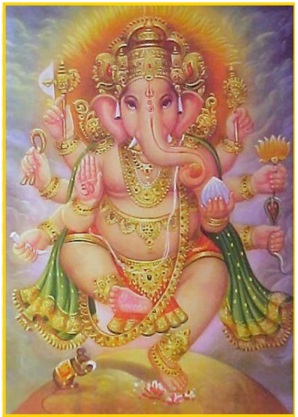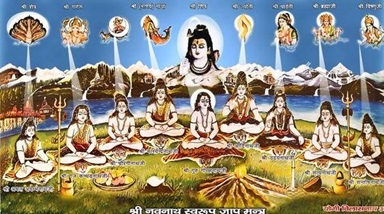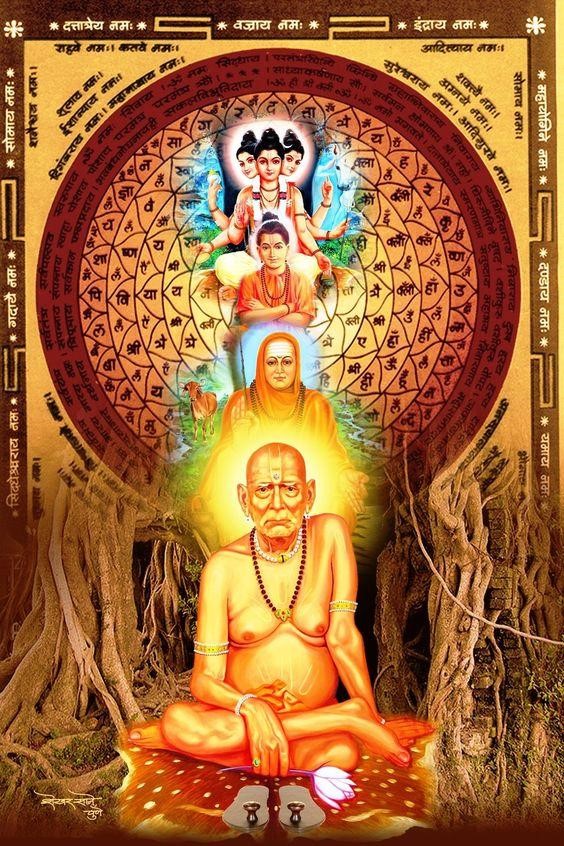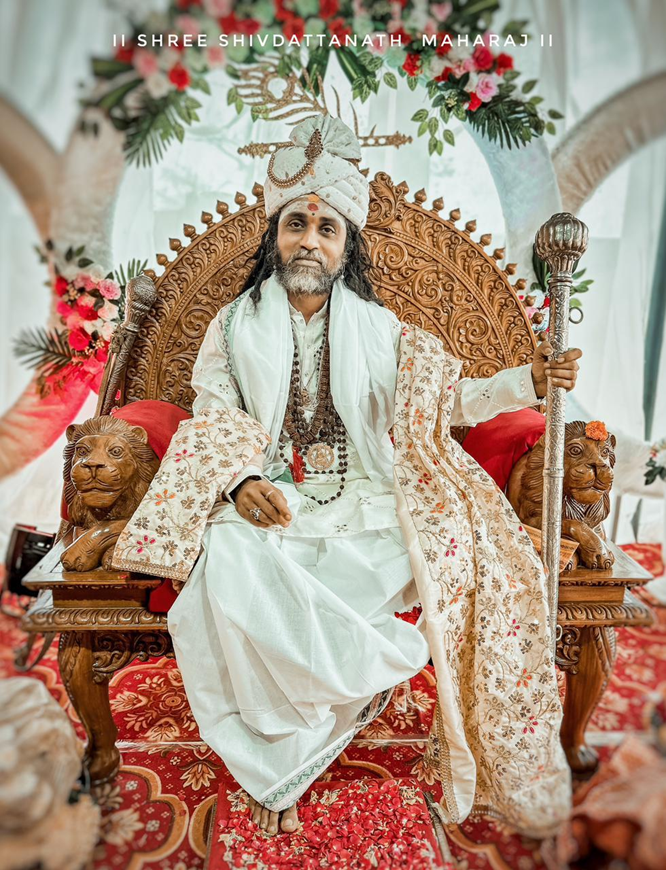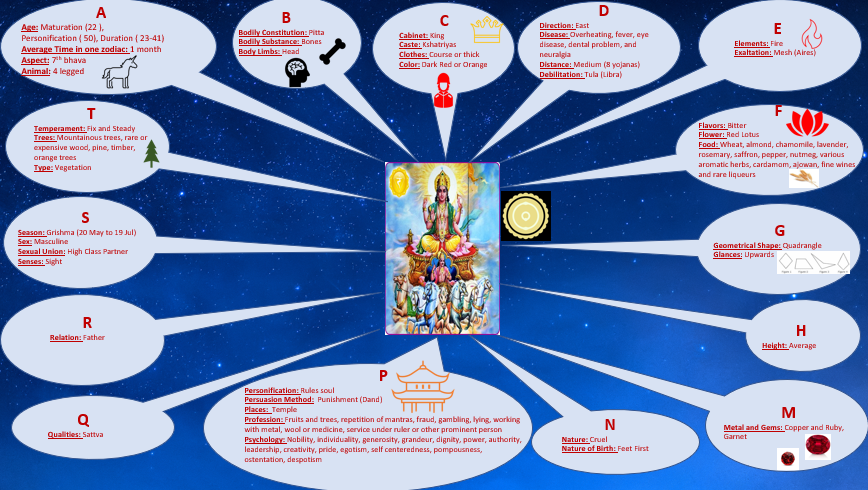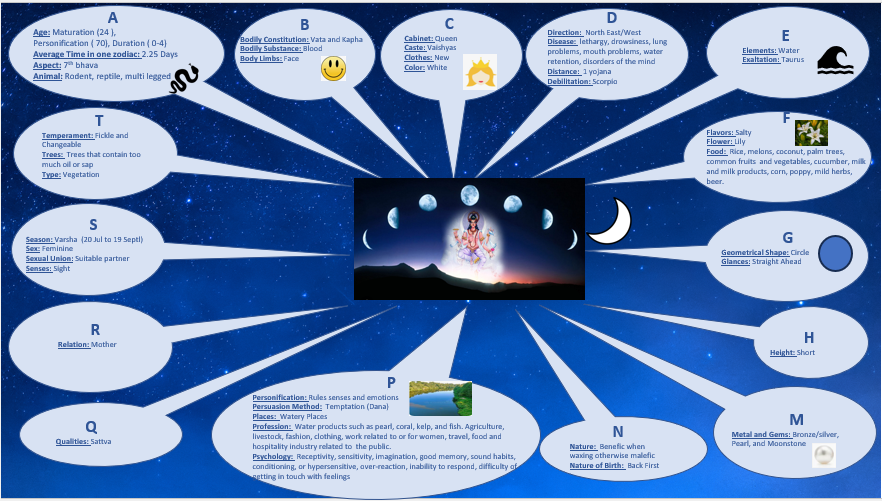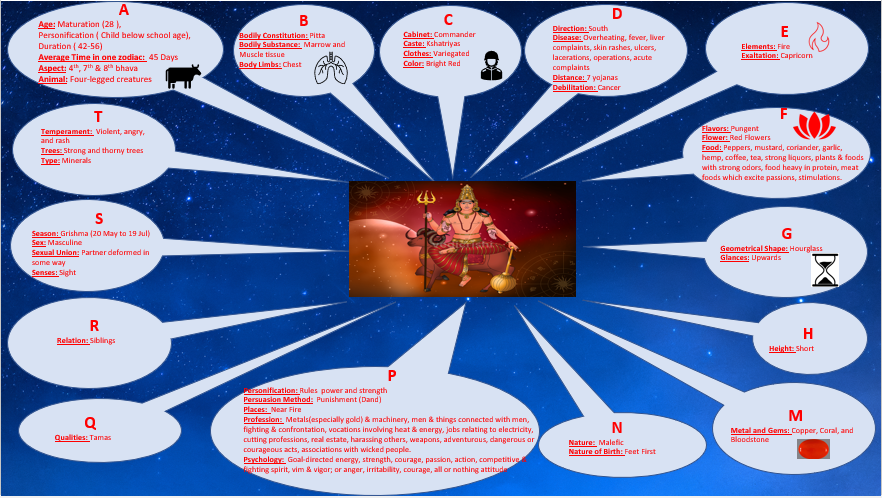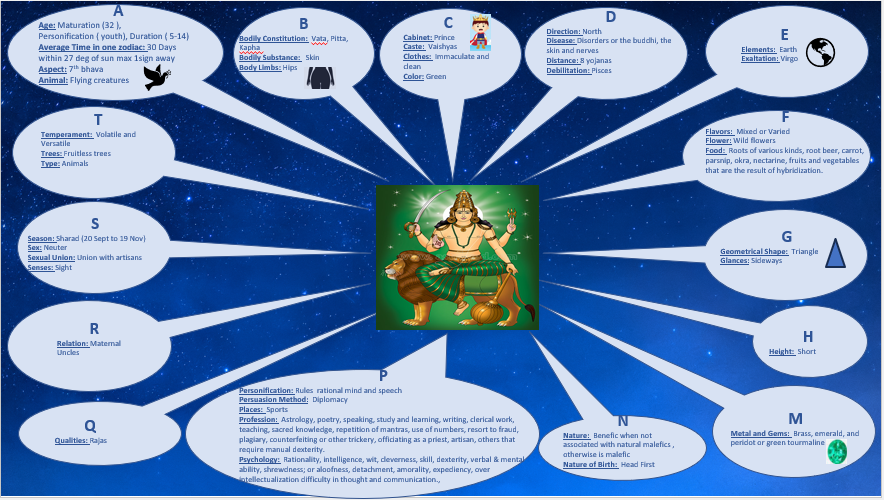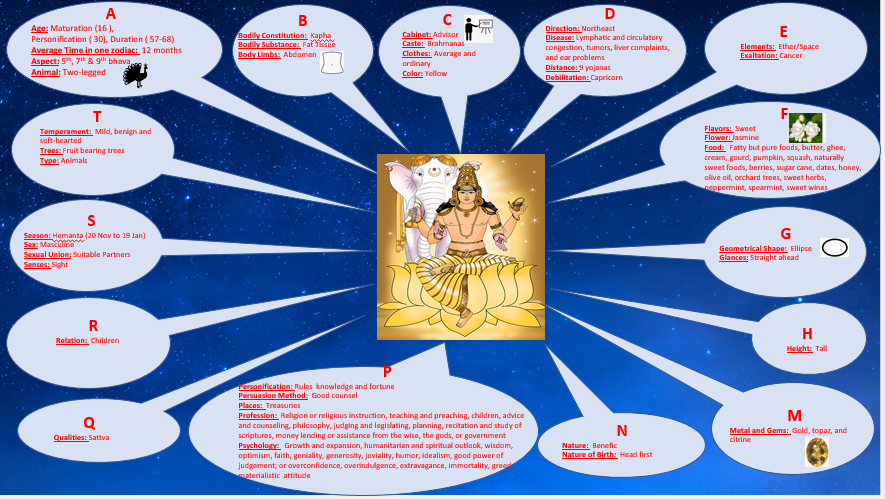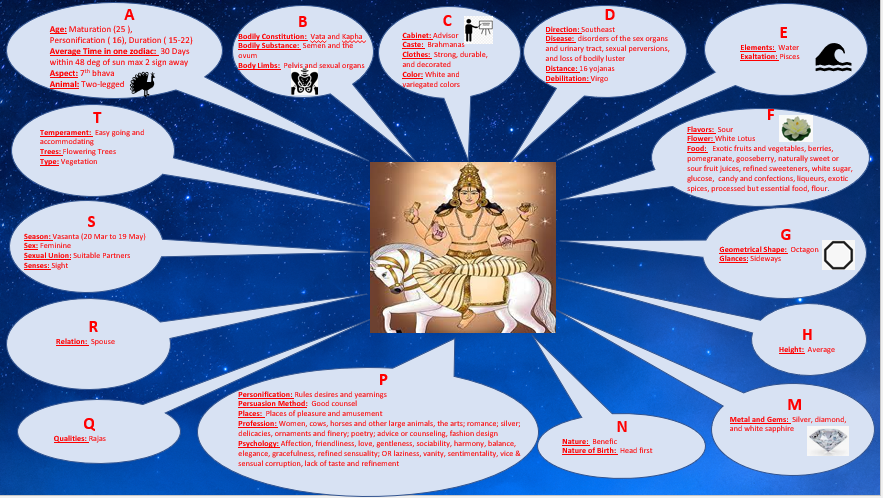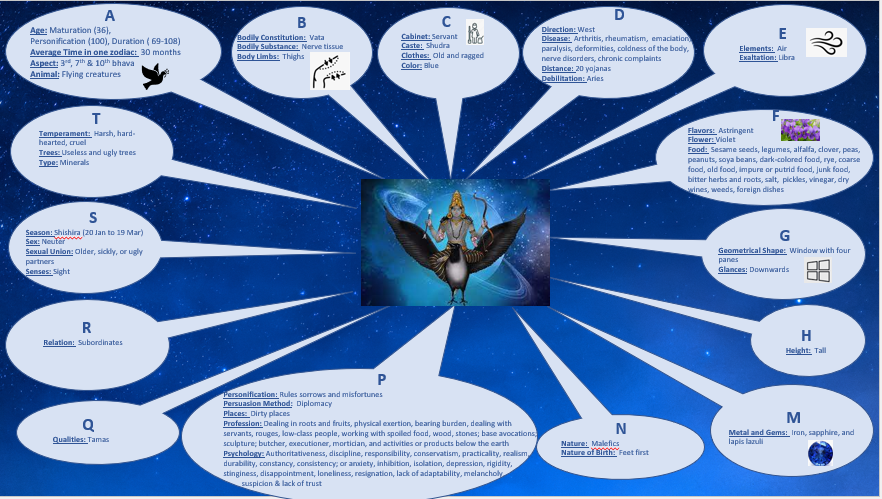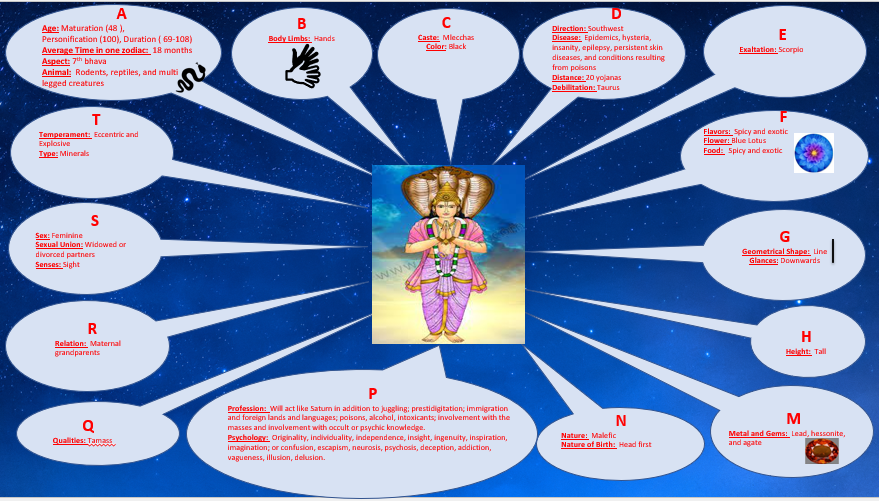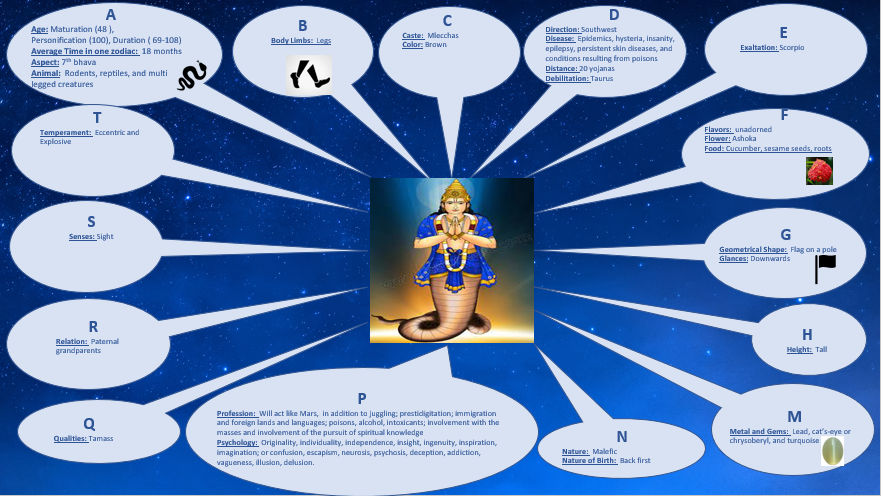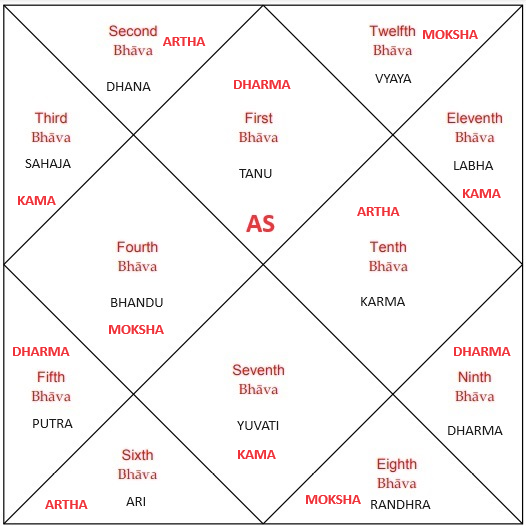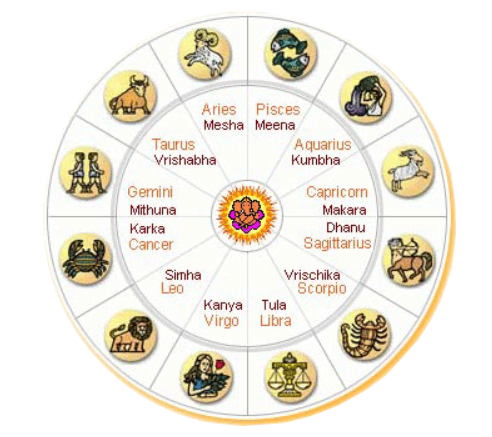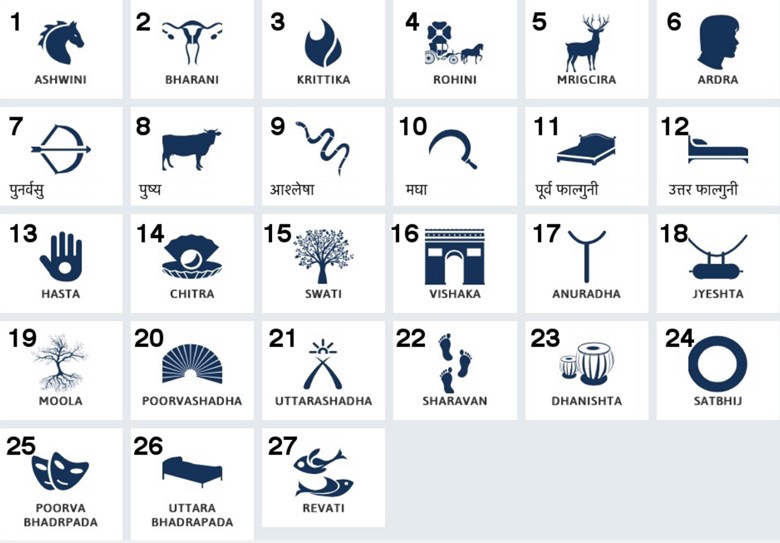Shree Datta Maharaj
|
|
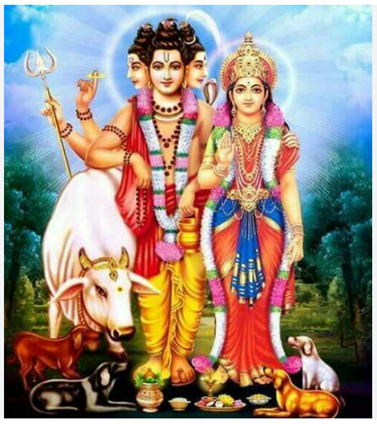
गुरु ब्रह्मा गुरु विष्णू गुरु देवो महेश्वरः। गुरु साक्षात परब्रह्म तस्मै श्री गुरवे नमः॥
|
About
The origin, emergence, and journey of Lord Dattatreya and the Dattatreya deity are extraordinary. The appearance of Lord Dattatreya dates back to the era of the first Swayambhu Manu, and it is believed that the eternal existence of the Datt Avatar has been present for thousands of years before the Common Era. During this period, many sub-sects and traditions have emerged within the Datt Sampradaya. Among all these traditions, Lord Dattatreya is the principal deity, the revered divinity, the form of the Sadguru, the bestower of success, and the guide of the Ashtanga Yoga path.
The Dattatreya Avatar symbolizes creation, sustenance, and dissolution, and it is characterized by the three qualities of Sattva (purity), Rajas (activity), and Tamas (inertia). Hence, it is said to be the “Trigunatmak Trimurti Shree Datt.” A Guru is one who provides the experience of the Brahman principle, which is beyond attributes and formless. Shree Datt Guru is the Guru of even such a Guru. The status of Guru of the entire universe has been conferred upon Lord Dattatreya. The Guru is the embodiment of liberation, the incarnate knowledge, and the form of eternal bliss (Satchidananda). In the Datt Sampradaya, renunciation holds the highest priority.
The Supreme Being incarnates for the protection of the righteous, the destruction of the wicked, the revival of Dharma, the maintenance of social balance, and the welfare of the universe. The unity of the Supreme Being with the soul, the indestructible Guru principle, and the direct experience are the main features of the Datt Sampradaya. For all kinds of progress, both worldly and spiritual, the worshipful deity and the eternal avatar is Lord Dattatreya. The Datt Sampradaya is the most ancient, people-oriented, integrative, and inclusive tradition. It has remained ever-new and flowing due to the emergence of new saints.
The Datt Sampradaya is close to everyone because it blends worldly life, spirituality, and liberation fittingly. The combined efforts of material, mental, physical, and familial progress through spiritual practice, worship, and rituals smoothly guide a person towards the path of liberation. The Datt Sampradaya is close to Shaiva, Vaishnava, Shakta, Ganapatya, and other sects. In the Varkari tradition, the Dattatreya Avatar is also highly revered. The philosophy of the Datt Sampradaya stands on the foundation of Advaita Vedanta, based on Vedic Mahavakyas like “Tat Tvam Asi” (That Thou Art) and 'Aham Brahmasmi' (I Am Brahman).
|
Lord Dattatreya's 24 Gurus: Yadu-Avadhut Dialogue
Lord Krishna, after expressing his intention to conclude his avatar mission to Uddhava, was requested by Uddhava to impart knowledge to him. Krishna then narrated the wisdom that his ancestor Yadu received from Avadhut Dattatreya, who mentioned that he had learned from 24 Gurus. Dattatreya shared the qualities of these Gurus and the lessons learned from each with Uddhava.
This discourse is mentioned in the Srimad Bhagavata Purana, in chapters seven to nine of the eleventh canto. It is also referenced in the Datta Mahatmya composed by Vasudevananda Saraswati Swami Maharaj. The philosophy of learning from various beings, objects, the five elements, animals, and birds is encapsulated in the phrase, "Whatever virtues I learned from them, I made them my Guru." Every aspect holds lessons for devotees.
|
दत्तराज पाहुनी आज तुष्टलो मनी !
औदुंबरी नित्य वसे, भक्तकाम पुरवितसे !
कमलनयन श्याम दिसे, धन्य तो जनी !
अनसूया ज्याची माय, दृढ धरिले ज्याचे पाय !
त्याचे चरित वर्णू काय, सकळ तो जनी !
विनायक दास दीन, जळाविणा जैसा मीन !
ब्रम्हा-विष्णु-महेश तीन आठवी मनी !!
!! ॐ नमो भगवते दत्तात्रेयाय !!
मालाकमंडलुरध: करयस्त्र युग्मे मध्यस्थ पाणि युगुले डमरू त्रिशुले ।
यस्यस्त ऊर्ध्वकरयो: शुभशंखचक्रे वंदे तमत्रिवरदं भुजषट्क युक्तम् ॥
।। दिगंबरा दिगंबरा श्रीपदवल्लभ दिगंबरा ।।
|
1. Earth
The virtue to learn from Earth is patience. The Earth is the support for all beings and endures various forms of harm yet continues to nurture them. Despite being dug, plowed, and polluted, it sustains all living beings and plant life. Trees, an extension of Earth, are known for their altruism, providing fruits and flowers and offering utility even after withering. Similarly, humans should use their bodies for the welfare of others. Mountains, also part of Earth, offer their resources for the benefit of others and provide shelter to saints and ascetics. Humans should likewise use their knowledge for altruistic purposes.
|
2. Air
There are two types of air: the life-sustaining breath within the body, which should be moderated by diet, and the external air, which remains unattached and purifies itself by dispersing both pleasant and unpleasant odors. From air, we learn contentment, purity, and detachment.
|
3. Sky
The sky is omnipresent and limitless, serving as the abode for all creation. Similarly, the soul is all-pervading. Despite the changes in the universe, the sky remains unaffected, just as the soul remains unchanged despite the transformations in the body.
|
4. Water
All life depends on water, which is inherently pure, sweet, and equal to all. Like water, humans should maintain harmonious relationships, overlook faults, and impart purity to others through their conduct and teachings.
|
5. Fire
Fire takes the form of the object it burns but remains itself shapeless. After consuming everything, it becomes hidden. It does not hoard anything and is known for its brilliance. Like fire's fleeting flames, human life is transient, and one should use it wisely to attain liberation.
|
6. Moon
The moon appears to wax and wane due to the varying visibility of its phases, though it remains unchanged. Similarly, human bodies undergo different stages from birth to death, but the soul remains constant.
|
7. Sun
The sun draws water from the ocean, returns it as rain, and thus nurtures all life. Humans should similarly perform altruistic acts without attachment to the outcomes.
|
8. Pigeon
A pigeon and its mate lived happily in a nest with their offspring. When the fledglings were trapped by a hunter, the parents tried to rescue them and were also captured. This teaches that one should not be excessively attached to family and should renounce worldly bonds when the time is right.
|
9. Python
A python teaches the lesson of acceptance. It waits patiently for its prey and sustains itself with whatever it gets, accepting both abundance and scarcity with equal calm.
|
10. Ocean
Rivers flow into the ocean, but it remains within its bounds. Humans should similarly remain composed and focused on their goals, regardless of the gains they receive.
|
11. Moth
Attracted by the flame, a moth burns itself. Similarly, one should avoid being led astray by external attractions, particularly towards physical beauty, and practice self-control.
|
12. Bee
A bee collects nectar from various flowers, similar to how one should gather knowledge from various sources and incorporate it into their lives.
|
13. Elephant
An elephant, despite its strength and intelligence, can be trapped using a decoy female elephant. This teaches the danger of succumbing to lust and the importance of self-control.
|
14. Honeybee
Honeybees collect honey which is often taken by others. Similarly, hoarding wealth can lead to loss, and one should not be overly attached to material possessions.
|
15. Deer
A deer, known for its agility, can be captivated by melodious music and thus caught. This teaches that one should avoid indulging in sensory pleasures and instead focus on spiritual growth.
|
16. Fish
A fish is caught by bait due to its greed for food. One should control their sense of taste and not let it lead them to harm.
|
17. Pingala
Pingala was a beautiful courtesan who, realizing the futility of her profession and the sorrow brought by unfulfilled desires, turned to a life of self-contentment and spiritual joy. This teaches the importance of renunciation for attaining true happiness.
|
18. Kurara Bird (Kite)
A kite holding a piece of meat is attacked by other birds until it lets go of the meat. This illustrates that attachment to possessions leads to suffering, and one should practice detachment.
|
19. Child
A child is free from worries and enjoys pure happiness, unaffected by honor or dishonor, sin or virtue. This teaches the value of maintaining a carefree and joyful inner state.
|
20. Maiden with Bangles
When guests arrived at her home, a maiden, left alone to tend to the house, started pounding rice. The clinking of her bangles disturbed her, so she removed them until only one remained, producing no sound. This teaches that solitude is essential for spiritual practice.
|
21. Snake
A snake moves alone and avoids unnecessary confrontation, biting only when provoked. Similarly, a monk should wander alone without forming attachments and avoid establishing permanent settlements.
|
22. Arrow Maker
An arrow maker was so focused on his work that he did not notice the king passing by. This teaches the importance of concentration and focus in one's spiritual practices.
|
23. Spider
A spider spins its web from its own body and later withdraws it. Similarly, God creates the world from Himself and ultimately reabsorbs it. This teaches the unity and self-sufficiency of the divine.
|
24. Wasp
A wasp captures a caterpillar and keeps stinging it until the caterpillar transforms into another wasp. This illustrates that one's constant meditation on a higher principle leads to transformation into that principle.
|
By imparting this knowledge to Yadu, Lord Dattatreya enlightened him, and the same wisdom was passed on by Lord Krishna to Uddhava.
|

